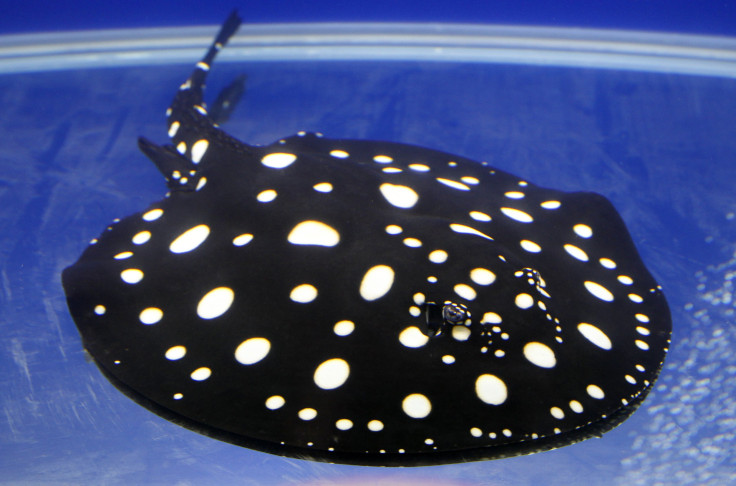StingRay Phone Tracker Knocks Out Cell Networks, FBI Reveals

StingRay is capable of disrupting cellular service for every phone within a given vicinity, according to a new court document obtained by the American Civil Liberties Union. The disclosure, the first that could explain the secrecy around the controversial police surveillance technology, comes as privacy advocates and the U.S. Department of Justice have continued to dispute StingRay’s legality.
A StingRay is a mobile, suitcase-sized piece of equipment that, by replicating a cell tower signal, makes it possible for law enforcement agencies across the country to vacuum up details of all kinds about cell phones in the area -- everything from call metadata to text details and snippets of conversations. Metadata includes background information, such as call records and user location, that is stored on a device or in the cloud.
They've been in use for more than a decade, but anxious civil liberties advocates still have little understanding of exactly how StingRays are used because of a non-disclosure agreement police agencies must sign with the StingRay's manufacturer, Florida-based Harris Corp., in order to obtain one.
A freshly unsealed document obtained by the ACLU and published by Wired Sunday introduces a new idea about why police might want to be so secret: StingRays make it temporarily impossible for anyone nearby to make a cell phone call. “Its use has the potential to intermittently disrupt cellular service to a small fraction of Sprint's wireless customers within its immediate vicinity,” FBI Special Agent Michael Scimeca wrote in his explanation about the StingRay's capability to a judge.
“Any potential service disruption will be brief and minimized by reasonably limiting the scope and duration of the use of the Mobile Equipment.” Until now, authorities have maintained that the StingRay doesn't intercept 911 emergency calls.
Yet this disclosure raises the notion that the StingRay prohibits other emergency calls in favor of investigations ranging from murder to minor theft. On top of that, the surveillance device also jams 3G and 4G networks. “Depending on how long the jamming is taking place, there's going to be disruption,” ACLU chief technologist Chris Soghoian told Wired. “When your phone goes down to 2G, your data just goes to hell. So at the very least you will have disruption of Internet connectivity. And if and when the phones are using the StingRay as their only tower, there will likely be an inability to receive or make calls.”
© Copyright IBTimes 2024. All rights reserved.





















